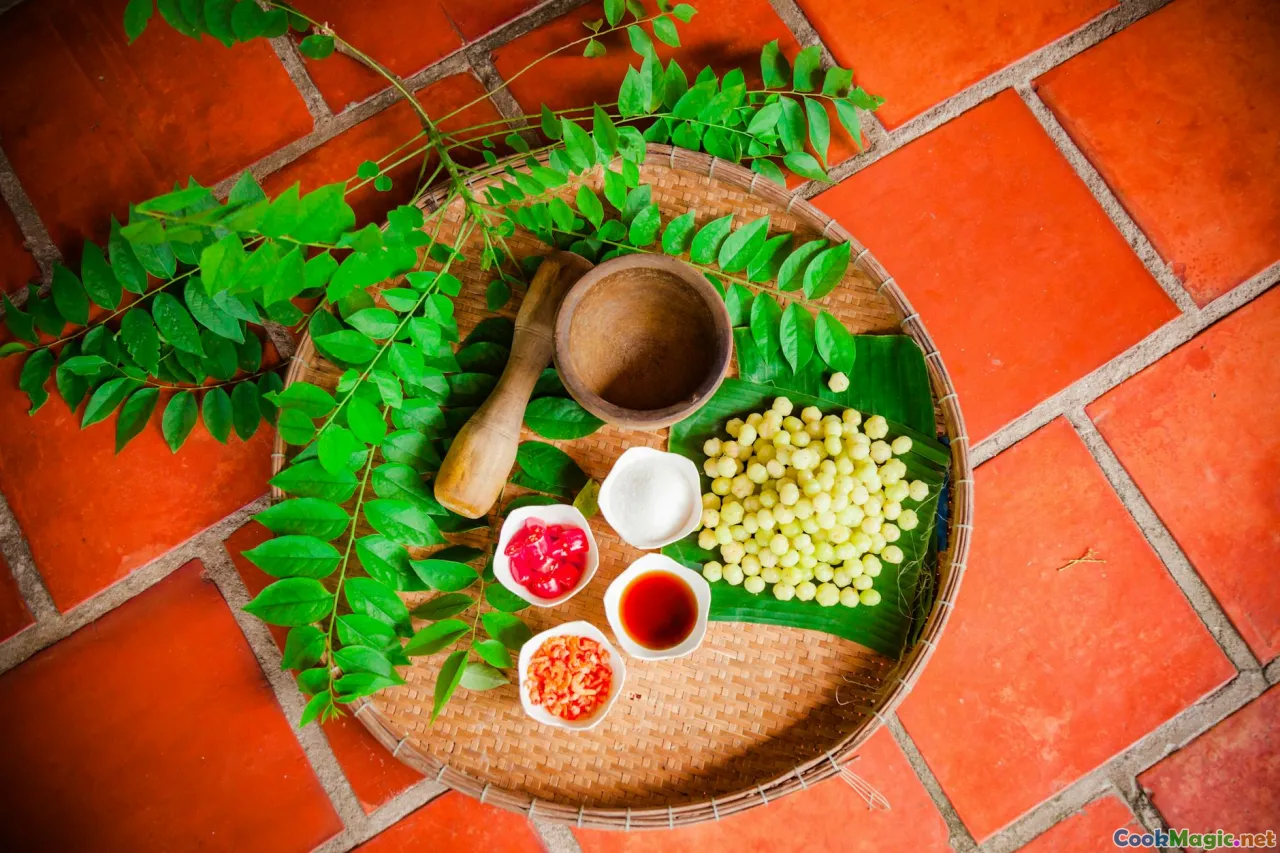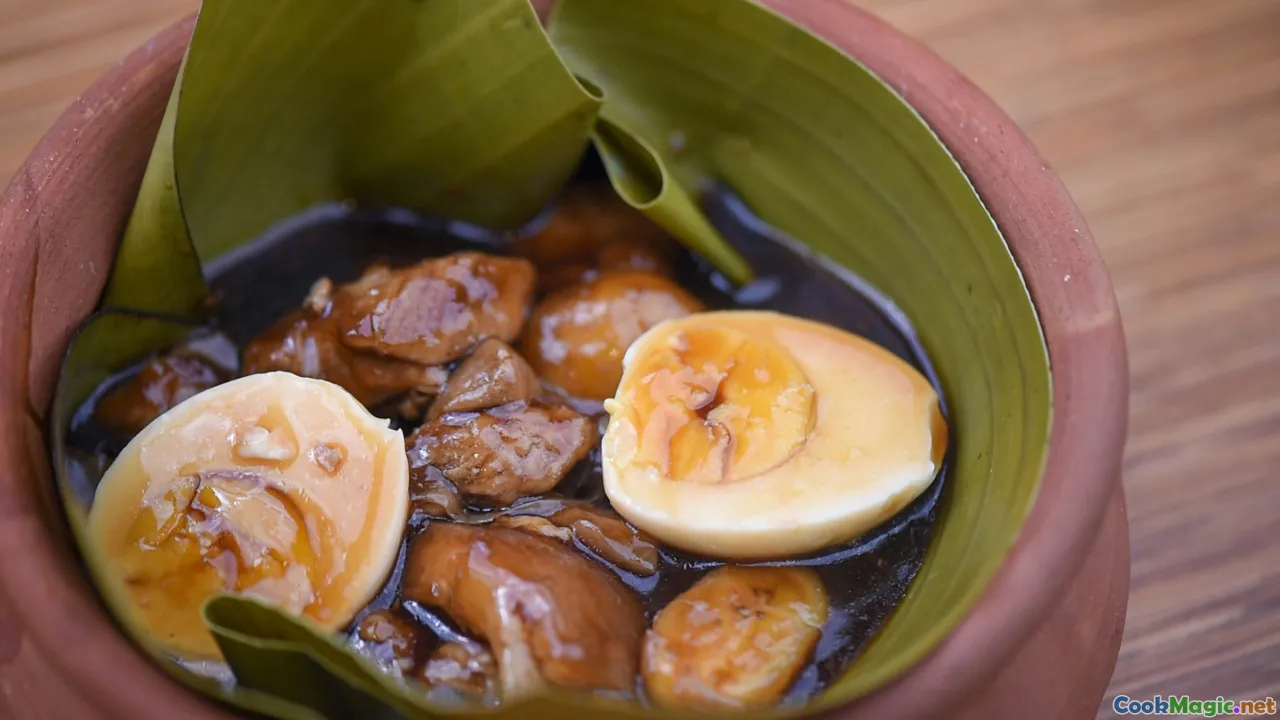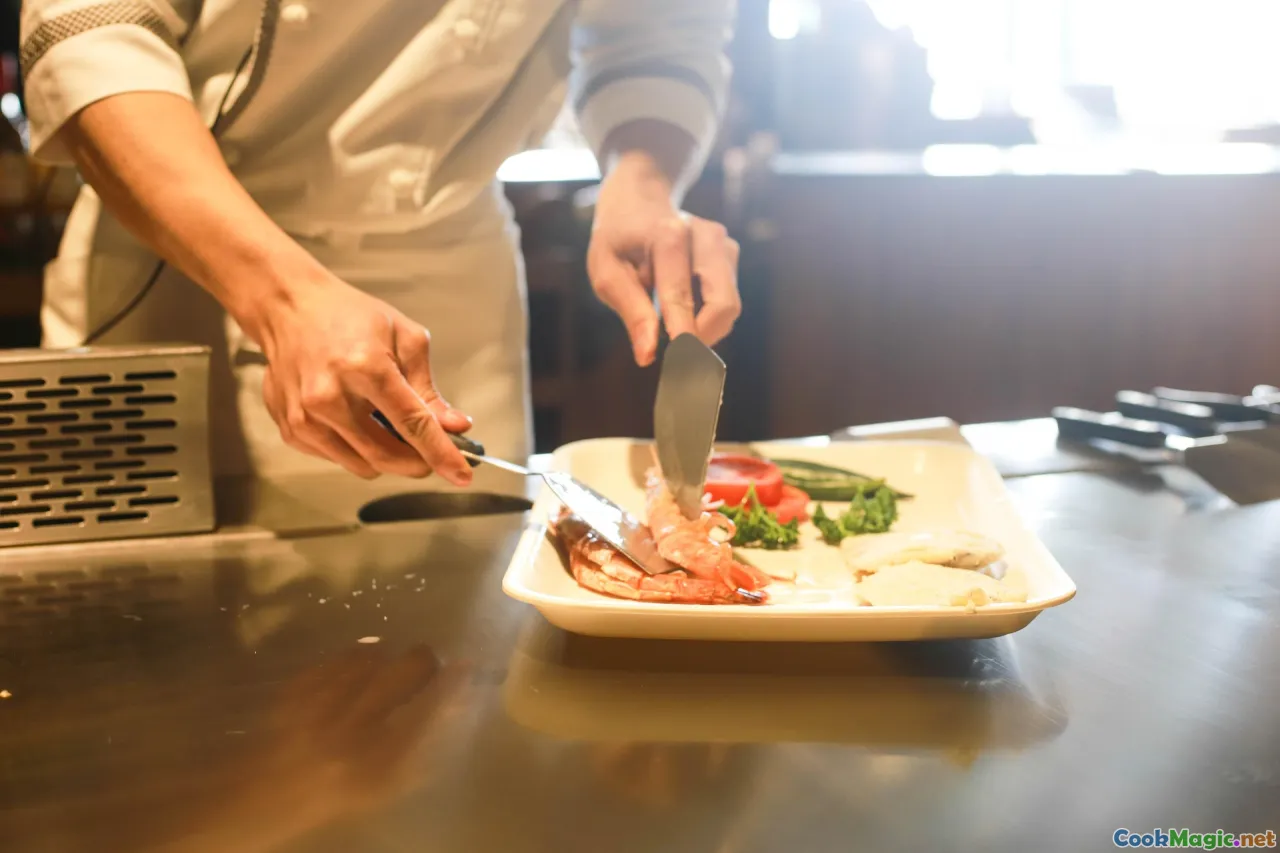Using Ulu Breadfruit in Modern Hawaiian Recipes
11 min read Explore innovative ways to incorporate Ulu breadfruit into modern Hawaiian dishes, blending tradition with contemporary culinary trends. July 21, 2025 15:05
Using Ulu Breadfruit in Modern Hawaiian Recipes
Imagine walking through the lush valleys and misty farms of Hawaii, where the air is tinged with the fragrant scent of tropical blooms and the earthy allure of cultivated land. Among the many treasures cultivated here, the ulu, or breadfruit, stands out as a versatile symbol of Hawaiian resilience, history, and culinary ingenuity. Historically prized by Hawaiian farmers, the ulu's starchy flesh has nourished island communities for generations, offering more than just sustenance—it embodies cultural pride, adaptation, and a deep connection to the land.
In recent years, contemporary chefs and home cooks alike have begun to rediscover and re-imagine ulu beyond its traditional roles. This adventurous approach marries ancient Hawaiian traditions with modern culinary artistry, revealing the ulu's remarkable flexibility and depth of flavor. From silky mash to crispy tempura-battered bites, the ulu invites innovation while honoring the roots of Hawaiian cuisine.
Let’s embark on a flavorful journey into how we can incorporate ulu breadfruit into modern Hawaiian dishes, explore its traditional significance, culinary potential, and share tips for elevating your cooking with this regal tropical staple.
A Cultural Icon: The Significance of Ulu in Hawaiian Heritage

The ulu holds a revered place in Hawaiian history, deeply intertwined with the islands' indigenous culture. Before Western contact, it was a vital staple, serving as a primary carbohydrate source alongside taro and sweet potato. Its popularity stemmed from its adaptability; grown extensively across the islands, ulu trees bore fruit year-round, ensuring a dependable food supply.
Stories passed through generations emphasize the ulu’s spiritual and practical importance. It was often part of sacred ceremonies and communal feasts, symbolizing nourishment, fertility, and respect for the land (ʻāina). The soft, starchy flesh was valued for its versatility—eaten boiled, roasted, mashed, or woven into leis and adornments. The nurturing role of ulu extends beyond sustenance; it reflects the concept of mālama ʻāina—caring for and honoring the land and its gifts.
Today, slowing down to appreciate the ulu’s cultural roots enhances our culinary exploration, reminding us that food is profoundly linked to identity and history.
Traditional Preparation and Uses: A Foundation for Modern Innovation

Traditionally, ulu was prepared simply to retain its natural flavors and nutritional value. The most common method was boiling or steaming the fruit until tender, then mashing it with a bit of salt or coconut milk. It could be served as a side dish alongside poached fish, roasted pig, or mixed into poi-style dishes.
At luaus and communal gatherings, ulu was often wrapped in banana leaves and cooked in underground pits—imparting a smoky richness.
One classic Hawaiian dish featuring ulu is Ulu Mashed Potato, a creamy, comforting staple that still finds its way onto dinner tables today. Cooked ulu flesh is blended until smooth, seasoned to taste, and sometimes mixed with a touch of butter or coconut milk for added richness.
Today, adapting these traditional methods offers a foundation for modern culinary creativity—serving as inspiration for new dishes that honor roots while exploring bold flavors.
Elevating Ulu in Modern Hawaiian Cuisine: Delicious Possibilities

Modern chefs and home cooks are turning the humble ulu into show-stopping dishes that blend tradition and innovation. Here are some inspired ideas to elevate ulu in contemporary Hawaiian cooking:
Ulu Fries: The Crispy Snack
Transform sliced ulu into crispy treats by tossing wedges with sesame oil, sea salt, and a touch of Hawaiian chili pepper (miloloi). Roast or air-fry until golden, then serve with lōtū (taro root) aioli or tangy lime salsa. Their potato-like texture offers a satisfying bite with a tropical twist.
Ulu Travel Bowls: A Heart-Healthy Base
Use mashed ulu as the base for grain bowls, topped with locally smoked fish, in-season vegetables, and a drizzle of coconut-lime vinaigrette. Its naturally mild flavor complements bold Hawaiian ingredients—papaya, macadamia nuts, or haupia pudding.
Ulu Tempura: A Modern Take on Fritter
Slice ulu into thin rounds, dip in a light batter made with rice flour and sparkling water, then deep-fry until crispy. Serve with a sweet chili-lilikoi dipping sauce—a perfect appetizer that bridges Hawaiian tradition with Japanese-inspired techniques.
Ulu and Island Kahua Salad
Dice ulu finely and toss with diced fresh pineapple, Maui onion, toasted macadamia nuts, and chopped cilantro. Dress with a tangy vinaigrette infused with grated ginger and lime. The result is a refreshing dish bursting with tropical flavors.
Ulu in Fusion Sweets
Incorporate ulu into sweet recipes like ulu coconut bread, ulu ice cream, or ulu taro tapioca pudding. Its mild sweetness and velvety texture create dessert experiences reminiscent of custards and traditional Hawaiian kuih.
Growing and Selecting the Perfect Ulu

For those interested in bringing ulu into their kitchens, sourcing quality fruit is key. The ulu grows on a relatively fast-growing tree, thriving in Hawaii's warm, moist climate. Ripe ulu fruits typically display a golden-yellow to amber hue, with a firm but slightly yielding flesh when pressed.
When selecting ulu, look for uniform color, absence of bruises, and a sweet aroma. At peak ripeness, the flesh becomes soft and buttery, ideal for mashing or frying. If unripe, it can be stored at room temperature until fully matured.
For home cultivation enthusiasts, planting an ulu tree involves patience—mature trees can produce fruit within three to five years, but once established, they provide a perennial harvest of these tropical delights.
Tips for Cooking with Ulu: Practical Insights

- Peeling and Preparing: Use a sharp vegetable peeler or chef’s knife; the skin is thick but manageable. Be gentle, as the flesh is delicate and can break apart.
- Cooking Time: Boiling or steaming takes around 20-30 minutes, depending on size. For crispy fries or chips, slicing thin and using a hot oven or air fryer yields the best texture.
- Flavor Pairings: Ulu’s neutral flavor pairs beautifully with coconut milk, ginger, garlic, Hawaiian chili peppers, and local herbs like ti leaves.
- Nutritional Benefits: Rich in fiber, complex carbs, and antioxidants, ulu supports heart health and balanced energy—making it not only tasty but nourishing.
Embracing Tradition, Innovating for the Future
Using ulu breadfruit in modern Hawaiian cuisine is more than just a cooking trend; it’s a celebration of resilience and cultural identity. By blending traditional preparation methods with inventive techniques and ingredients, cooks at every level can create dishes that honor Hawaii’s past while embracing its future.
Whether you’re inspired to try a crispy ulu tempura, craft a nourishing grain bowl, or experiment with Hawaiian-inspired desserts, the ulu is a versatile vessel for delicious innovation. It’s a reminder that the land’s bounty, when approached with respect and creativity, offers infinite culinary possibilities.
So next time you step into a farmers’ market or plan your Hawaiian-inspired meal, seek out that golden ulu and imagine the rich stories, heritage, and flavors you’re about to bring to life. Embrace this tropical treasure, and let its culinary journey continue through your kitchen—rich in history and ripe with potential.









